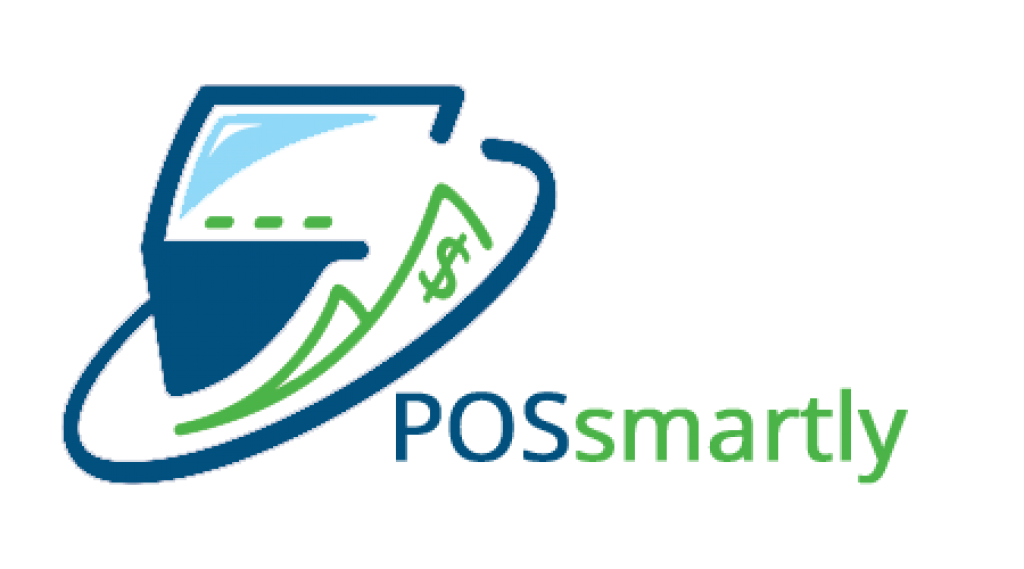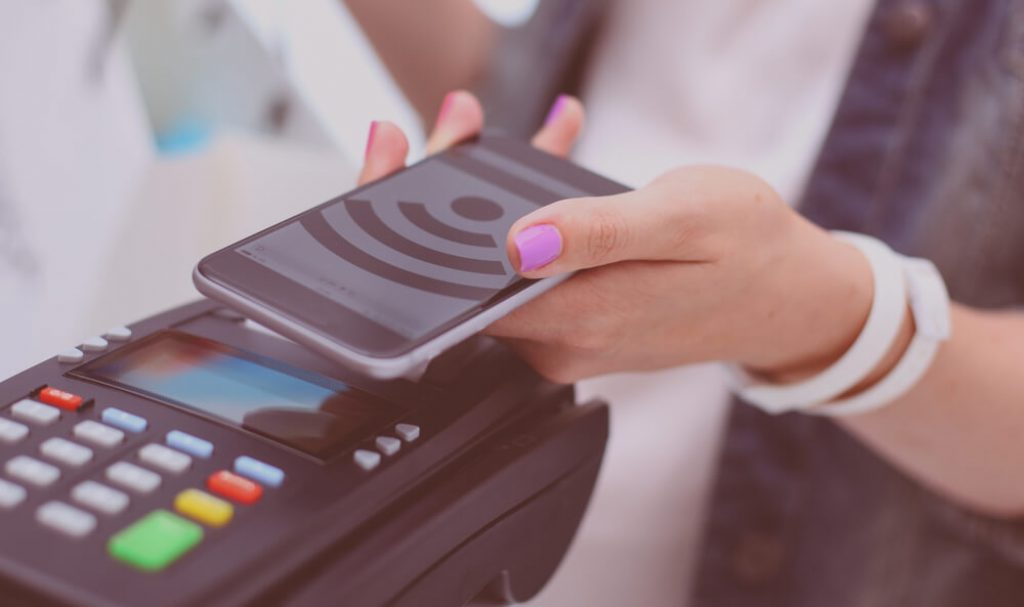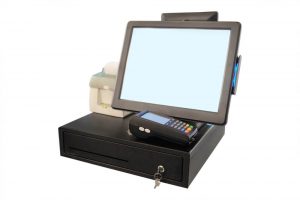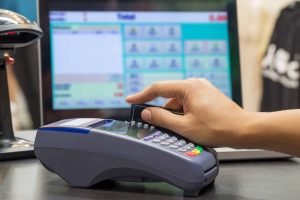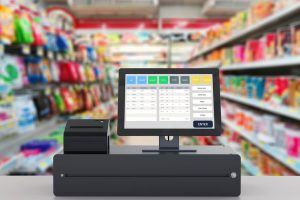POS systems are excellent administrative tools every business needs to manage its operations. You’re probably wondering whether they can be connected to the internet.
Ideally, POs are available in two options – cloud-based types and locally installed systems. So yes, there are POSs that require an internet connection to operate. These come with cloud storage, where you can store your valuable data and access it from anywhere.
The POS connected to the internet comes with various benefits, as we’ll see below.
Keep reading to find out more.
Benefits of Cloud-Based POS
Ease of Accessibility
Internet-based POS is pretty much accessible. People can transact easily through online payment options. They don’t need to carry cash all the time.
Their mobility is another thing that gives them an edge. You can use them anywhere on your mobile device, which is convenient for e-commerce enterprises. They carry on with work, even on the go, with seamless access to their POS database.
Unmatched Flexibility
Web-based POS systems can seamlessly integrate your businesses, helping you keep track of their operations. They create flexibility in your registry by synchronizing data from several platforms to provide smooth transaction processes and real-time results.
Top-Notch Service Delivery
POSs that use the internet are great for customer service and engagement. Your sales agents can transact from any location without tiring customers with long queues at the cash registers.
If you have a chain of stores, it’ll be easy for employees to access transaction data that will help them solve customer concerns and queries when they arise.
Generally, this system acts as your sales clerk.
The Cost-Efficiency Factor
With online POS, you don’t need much hardware to get it functioning. Its data is stored on virtual servers with fewer hardware requirements. The setup process isn’t costly either. You’ll be good to go with a tablet and a few apps. The monthly payments you make are very manageable, with top-of-the-line features that make your work easier.
Do You Need the Internet for POS Systems?
Like I said earlier, not all POS systems are cloud-based. The locally installed POS systems only need hardware to sustain their functioning. You’ll require a server and several pieces of equipment to connect your mobile registers through Bluetooth.
Some of the systems, like those found in restaurants, are a single entity. They are static registry systems without any networking capacity. Their software has the basic features you need.
With the ever-evolving technological world and the digitization of business operations, you need POS systems that use internet connectivity. Besides simplifying business processes and operations, they enable collaboration while enhancing productivity.
How Do You Connect to POS?
Setting Up your POS system in your company is a quick procedure once you understand and follow the required steps.
Here’s how.
Step 1
Your POS system is easy to integrate with your equipment. It doesn’t require any specialized hardware to do so.
Connecting your POS includes setting up a server computer, several terminal computers at checkout counters, and connecting all these machines to your LAN (local area network). You should plug all the peripheral devices into each of the terminal computers. Once all the devices are connected to the network, your POS system will sync all your data and record transactions from every checkout counter.
Step 2
Place your network router on a table or desk, with the server computer beside it. The POS terminals should be at each checkout counter. Don’t forget to include the bar code scanners and receipt printers on the counters, all connected to the matching ports on the POS computers.
Step 3
Plug all the cash drawer’s patch cables into matching ports on the receipt printers as instructed by the manufacturer. The bar code scanners should also be plugged into the POS terminals.
Step 4
Have the Ethernet cable and RJ-45 connectors plugged into the network ports in the POs terminals and run the cables to the routers. The opposite end of the network cables will go into the LAN network jack found at the back of the router.
Step 5
Finally, connect the router to the internet modem through the patch cable that comes with the modem. The patch cable will go into the Wide Area Network (a port that reads “WAN) at the back of the network router. Plug the other end into a matching port found behind your modem.
The POS has a software program that you will configure and load all the computer peripheral software drivers. This will get the whole system ready for operations once you connect all the gadgets to a power source and turn them on. Make sure to configure your network router to access all the computers connected to the network.
.From there, you can upload the products, enter device users and permissions, set up available payment methods, and integrate the POS systems with bookkeeping and the rest of your business software.
How Does a POS Work?
A point of sale (POS) is where you meet your customers. When customers get to your checkout counter, check you out online, or pick an item from the shelf, that’s when they are positioned at the point of sale.
A POS system helps you make a sale. It lets you accept payments, track sales, and understand your customers better throughout their buyer journey.
For instance;
1. When a customer opts to purchase an item over the counter, the cashier will use the barcode scanner to scan the items and compute the price. For e-commerce stores, the system will scan the items and check the inventory for prices after the customer has added them to the shopping cart and checked out.
2. It will continue to update the inventory and tick the items as sold.
3. The POS will compute the price, tax, and discounts if any.
4. It will proceed to interact with the CRMS (customer relations management system)
5. The POS will transact with the merchant service account once the customer pays for the items through a credit card, loyalty points, debit card, gift cards, cash, or any other payment methods.
6. At the end of the sales process, POS prints a sales receipt when the transaction is finally complete. This is when a sale is officially made.
Final Thoughts
When it comes to POS, you need an efficient system for your business. It should be able to run all your operations and handle every crucial task with proficiency. With flexibility and automation in mind, you have to ensure your POS system integrates well with other company applications.
The best POS to have in this case is one that connects to the internet. It will come in handy when you need to download applications and monitor or carry out collaborative work.
